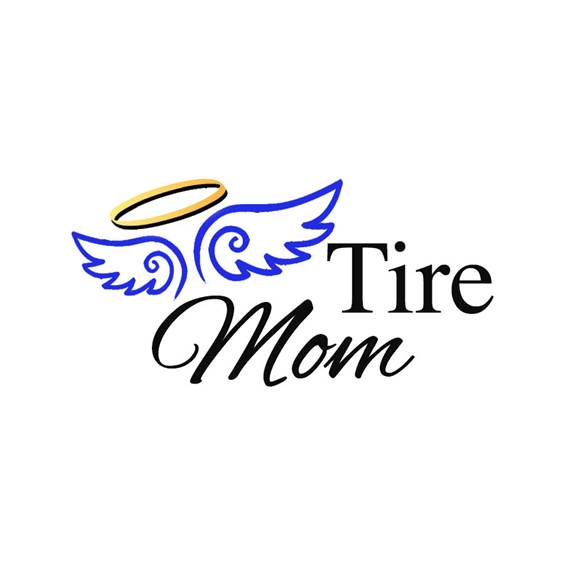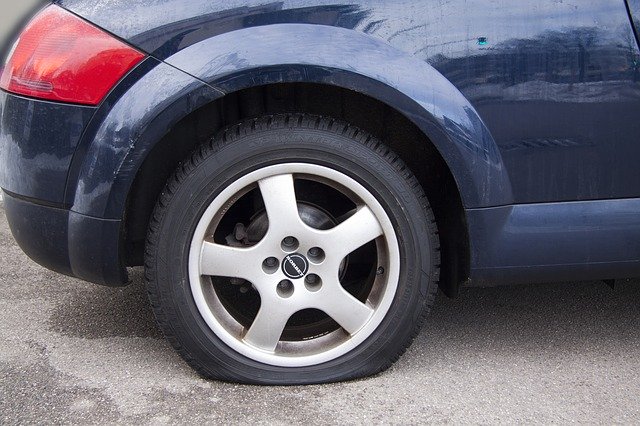Regular checks of your tire pressure can extend the life of your tires and offer you maximum fuel economy. This is the 6th (of 6) article in the LETMAP series. Here we will explore how to find the recommended tire pressure for your vehicle, and how to properly maintain your tires.
Your vehicle’s tires are the only point of contact with the road, and as such, their maintenance is very important. The first thing you should know is where to find the manufacturer’s recommended tire pressure for your car.
We encourage you NOT to go by the pressure listed on the tire itself. That’s the maximum pressure that your tire can hold, not the recommended pressure.
On most newer vehicles, the recommended tire pressure is listed on a sticker on the driver’s side door jamb. If there’s no sticker visible, you can find the proper specifications in your vehicle’s owner’s manual.
Tires have been known to lose up to 1 PSI (pounds per square inch) of pressure every month. That’s why it’s important to check all of your tires once a month or before you go on a long trip. Don’t forget to check your spare tire as well.
It’s important to have a trustworthy tire gauge. (Note: the free gauge you get at the conference is cheaply made, and not your best bet.) Click here for a list of the top 10 tire gauges for your consideration.
To be sure to get an accurate reading, check your tires when they are cold, or wait until at least 3 hours after you’ve driven. If your pressure reads higher than the recommended amount, let air out until the numbers match. Add air if the number is lower than the recommended pressure. (Again – use the manufacturer’s suggested pressure, NOT the ones printed on your tires.)
A well maintained vehicle, including regular tire pressure checkups will help keep your car in good mechanical condition. Under or over-inflated tires can increase gas consumption and make your vehicle more difficult to handle on the road.


Recent Comments